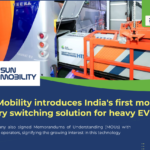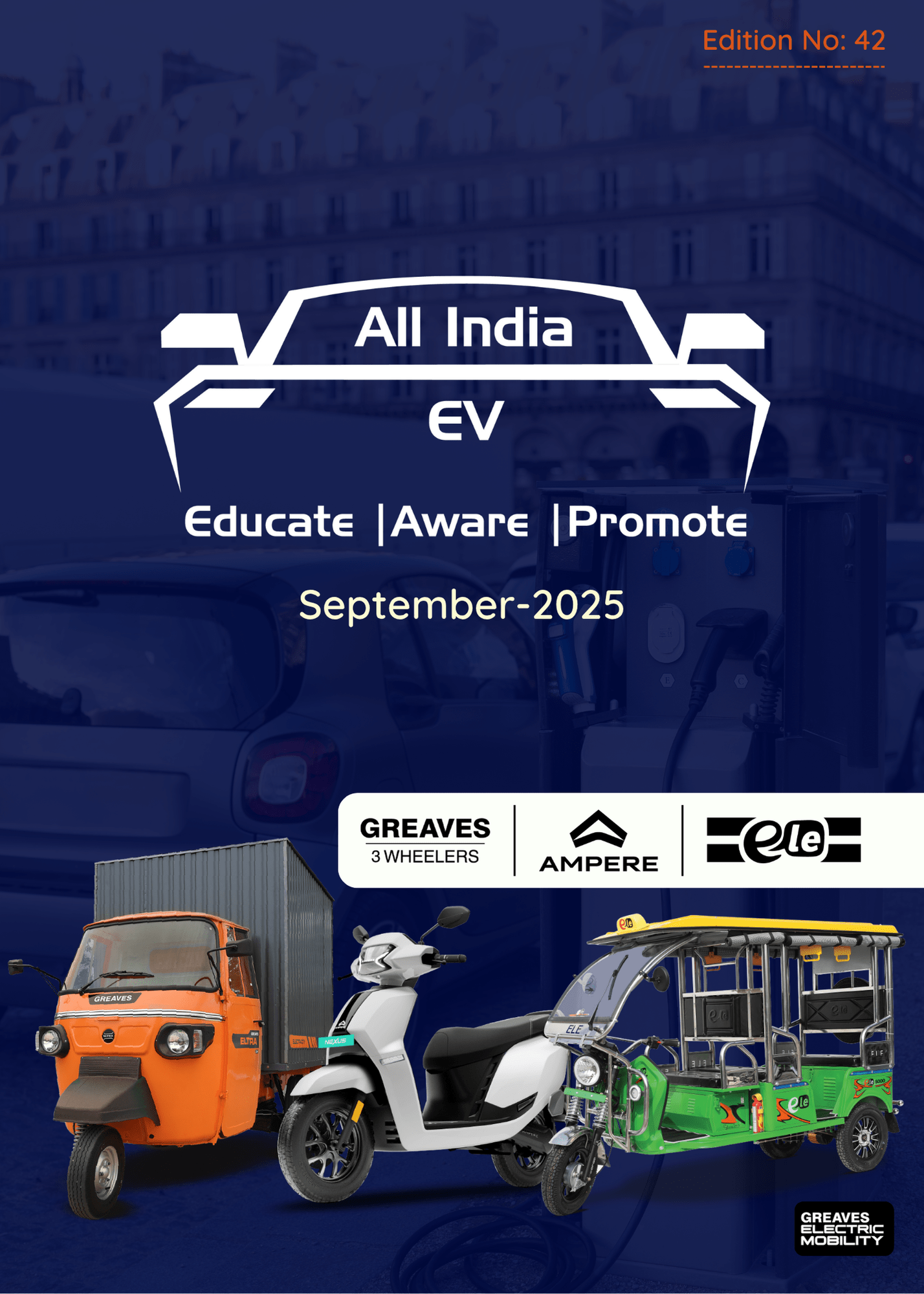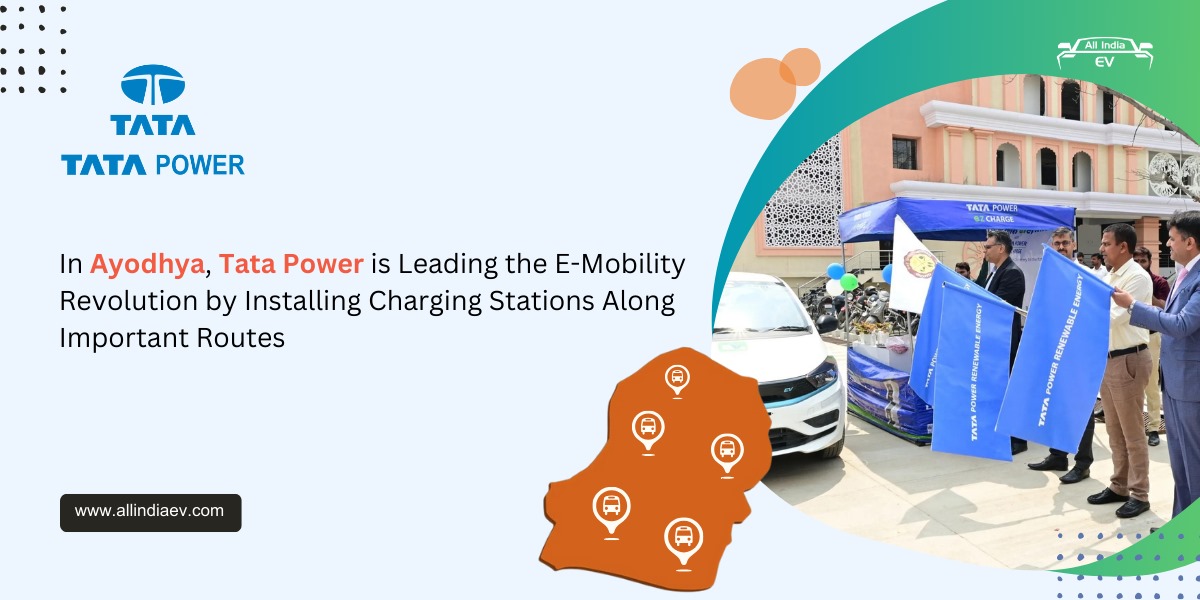
EV Transition Key to Global and National Climate Goals, Not Just a Mobility Shift but a Core Part of Sustainable Development Strategy
As the world shifts gears from fossil fuels to cleaner alternatives, India is charting a bold course toward a sustainable electric future. But the electric vehicle (EV) revolution isn’t just about swapping petrol pumps for charging ports—it’s about building an entire ecosystem that moves us from a conventional energy grid to a green, renewable future.
The need for this transformation is urgent. India’s commitment to achieving net-zero emissions by 2070 and aligning with the Paris Agreement’s 1.5°C target demands a complete rethinking of how we move, fuel, and build. And EVs—if done right—are poised to be the catalyst of that change.
Clean Mobility Starts with Clean Power
While EVs produce zero tailpipe emissions, their true environmental value hinges on the source of electricity that powers them. If an EV is charged using coal-based grid power, emissions are simply shifted upstream to power plants. This is where the concept of “Grid to Green” becomes vital—a complete transition where EVs are charged using energy generated from solar, wind, and hydro sources.
India is making impressive strides in renewable energy:
- Solar energy has reached 81.8 GW of installed capacity by March 2024.
- Wind energy stands at 46.4 GW, making India the world’s fourth-largest wind power generator.
- Hydropower contributes an additional 46.93 GW.
These clean energy sources, when integrated with EV charging infrastructure, lay the foundation for a truly green mobility solution.
Greening the Grid: Innovations in Charging Infrastructure
Innovative charging solutions are bridging the gap between EV ambition and sustainable reality. Urban centers are seeing a rise in solar-powered charging stations—on rooftops, parking structures, and commercial complexes. Highways are being equipped with wind-assisted fast chargers, ideal for high-traffic routes.
In addition, smart grids and Vehicle-to-Grid (V2G) technology are making EVs part of the solution, allowing them to store and supply electricity back to the grid during peak demand.
The recently launched PM E-Drive Scheme—a ₹2,000 crore initiative to install 72,000 public EV charging stations—is a step in the right direction. But experts stress that these stations must be powered by clean energy for India to truly reap the environmental benefits.
Battery Sustainability and Circular Innovation
At the core of every EV is its battery—a critical component that raises sustainability questions. The mining of rare-earth elements like lithium and cobalt has environmental and ethical concerns. As the EV market grows, India must adopt circular economy principles: designing batteries for durability, easy repair, reuse, and recycling.
With over 1.3 million public EV chargers expected by 2030, India must proactively manage battery waste and invest in recycling technologies that turn old batteries into new energy storage systems.
Bridging the Urban-Rural Divide
While metro cities dominate EV adoption due to better infrastructure, rural India holds immense potential—especially in the two-wheeler segment. Rural areas accounted for 55% of two-wheeler sales in 2024, indicating a strong market for electric scooters and bikes.
But challenges persist: high upfront costs, limited charging access, and low awareness.
To address this, the government and private players must focus on:
- Community charging points operated by local entrepreneurs.
- Renewable-powered microgrids for remote villages.
- Affordable, rugged EV models built for rural roads.
These efforts could help India leapfrog legacy transport systems in rural areas, directly adopting clean mobility.
Policy Support: Driving Change with Incentives
Government policies continue to anchor India’s EV ambitions. Schemes like:
- FAME II (Faster Adoption and Manufacturing of Hybrid and Electric Vehicles)
- PM E-Bus Sewa for deploying electric buses
- State EV Policies in Maharashtra, Delhi, and Tamil Nadu
However, experts argue that carbon credits, vehicle scrappage-linked EV subsidies, and a stable, lower GST regime for EVs are essential next steps to drive mass adoption and industry confidence.
Conclusion: A New Mobility Narrative
India’s EV transformation is more than an industrial overhaul—it’s a climate imperative, an economic opportunity, and a vision for equitable growth. The “Grid to Green” journey is a story of innovation, inclusivity, and environmental consciousness.
With the right combination of policy, technology, and public-private collaboration, India is well-positioned to build an EV ecosystem that doesn’t just move vehicles—but also moves the nation towards a sustainable future.










